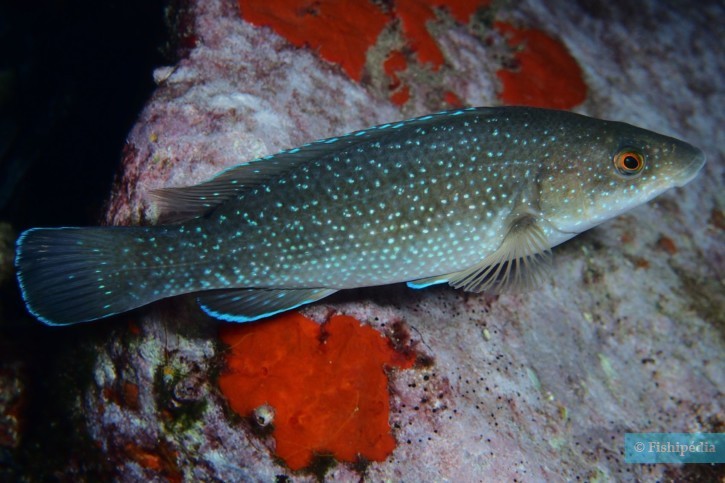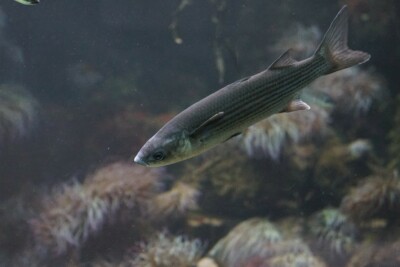brown wrasse
| Scientific name | Labrus merula |
|---|---|
| Descriptor | Linnaeus |
| Year of description | 1758 |
| IUCN category (World) | LC |
| Family | Labridae |
| Genus | Labrus |


Introduction
Labrus merula, commonly known as brown wrasse, is a salt water fish.
This sheet is currently being prepared. The texts currently proposed come from our data model or are being drafted. To request priority for this content, you can write to us HERE.
Who is it?
Morphology
-
Type
-
Average size40 cm
-
Maximum size45 cm
-
Longevity20 year
-
Patternponctuations
-
Type
-
Average size40 cm
-
Maximum size45 cm
-
Longevity20 year
-
Patternponctuations
How to recognize This fish ?
The brown wrasse measures around 40 cm. The dominant males can however reach 45 cm. This fish is unicolore with a predominantly bleu, vert and beige body. The also has bleu ponctuations.
Sexual dimorphism
The adult male is bigger than the female.
Behaviour & Life cycle
-
dietcarnivorous
-
Male sociabilitysolitary
-
Female sociabilityliving in a group or alone
-
territorialYes
-
Way of livingdiurnal
The brown wrasse is a fish solitary naturally found near the rocks. This species is carnivorous .
This species is territorial and does not appreciate the presence of intruders nearby, especially animals with similar behavior. However, the brown wrasse has little concern for non-territorial animals. In a constant quest for dominance, the dominant males of this species cannot stand each other. The battle between two individuals can be intense and violent. It will result in the submission and sometimes even death of one of the protagonists.
Reproduction
-
Reproductionovipare qui pond sur substrat découvert
The brown wrasse is a fish ovipare qui pond sur substrat découvert.
Harmless species
This species does not represent any particular threats to humans when encountered in its natural environment.
Origin and distribution
What is its habitat?
Natural environment characteristics
-
Depth1 - 50 m
Biotope presentation
The brown wrasse is most often found at a depth between 1m and 50m. However, it is not impossible to find this species at other depths.
Species of the same biotope
To go further
Sources & Contributions
Participation & Validation
The Fishipedia team and specialist contributors are committed to providing high-quality content. However, although the information comes from scientific sources or testimonials from specialists, the cards may contain inaccuracies.

Benoit Chartrer
Translation
Translation done with the valuable contribution of our translators, who make this information available to a wider audience. We sincerely thank them for their commitment.
Bibliographic references
Régime alimentaire de Labrus merula (Labridae) des côtes nord de Tunisie - Saoussen BEN SLAMA - Domia MENIF - Oum Kalthoum BEN HASSINE - Cybium - 2007.
Scientific partners
Tags
Species of the same family
Same genus
Species of the same biotope




























